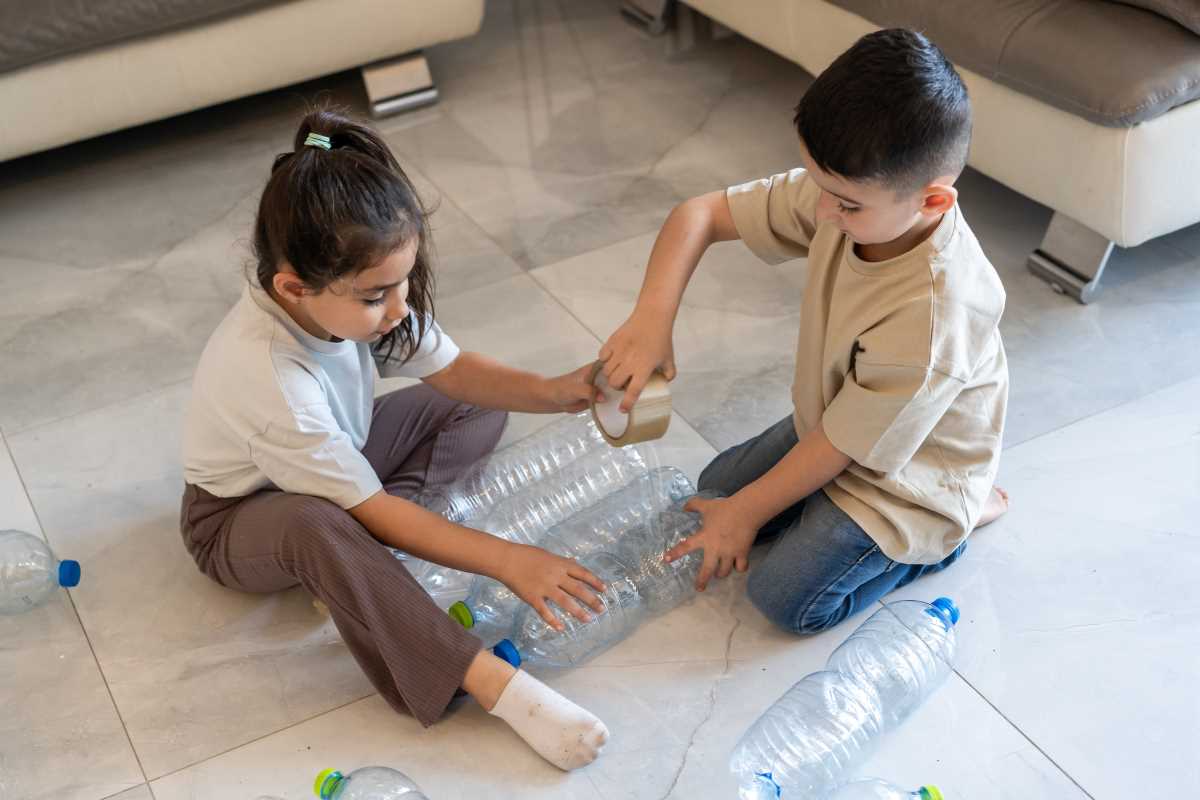Arriving at a new campus stirs a mix of excitement and nervousness for children. They look forward to discovering new classrooms, making friends, and exploring unfamiliar spaces, but they may also worry about navigating schedules, finding their way, and meeting new teachers. Offering personalized introductions before school begins can help children feel more at ease and ready to engage. Sensory tours, thoughtful questions that spark curiosity, and opportunities for early connections with classmates allow children to settle in before the first day. These thoughtful steps help replace anxiety with anticipation and encourage a sense of belonging from the very start.
Learning the layout of hallways, the routines of lunchtime, and the rhythm of class changes helps youngsters feel in command. Introducing them to aspects of the day—locker codes, cafeteria lines, recess zones—frames the transition as an exploration rather than a leap into the unknown. That mindset shift fuels eagerness, reduces stress, and sparks motivation for engagement from day one.
Familiarity Before Day One
1. Campus Exploration Walk
Purpose: Build confidence by getting familiar with the layout before classes begin.
- Steps:
- Follow a mapped route to cover entrance points, bathrooms, and social zones
- Point out visually distinct markers like murals or clock towers
- Note class change times to mimic the actual routine
- Cost: Free; local campuses usually allow drop-in visits
- Insider Tip: Arrive 15 minutes early to chat with a staff member and hear insider stories about popular hangouts.
2. Customized Day Plan
Purpose: Help students mentally walk through their day ahead of time.
- Steps:
- List each period with its room number and teacher's name
- Include planned bathroom breaks or snack windows
- Practice transitions by timing walks between classrooms
- Cost: Free templates available on most district websites
- Insider Tip: Add emojis next to each class to make the schedule more fun and easier to remember.
3. Locker Launch Session
Purpose: Teach how to use and organize a school locker confidently.
- Steps:
- Demonstrate shelf placement and hook usage
- Practice opening/closing the locker until it feels natural
- Try using a combination lock at least three times in a row
- Cost: No extra cost beyond the lock itself
- Insider Tip: Add a color-coded strip or label to the top shelf for quicker navigation under pressure.
4. Recess Reconnaissance
Purpose: Familiarize students with outdoor break areas and social spaces.
- Steps:
- Walk the field and identify ball game zones
- Observe seating areas near snack windows or water fountains
- Time a full loop of the recess area to gauge movement and pacing
- Cost: Free with public campus access during summer
- Insider Tip: Bring a favorite ball or jump rope to test activities and break the ice with peers.
5. Lunch Line Practice
Purpose: Prepare for cafeteria routines and money-handling under pressure.
- Steps:
- Use pretend tickets or play money to simulate transactions
- Practice counting change quickly
- Role-play with an adult as cafeteria staff
- Cost: Matches actual meal prices for realism
- Insider Tip: Take a photo of the real cafeteria to review seating spots and menu boards later.
Building Social Connections
- Peer Pen Pal Program: Pair the child with a current student in the same grade. Host two three-way video chats before school starts, discussing hobbies, favorite classes, and weekend plans.
- Photo-Sharing Group: Create a small album with pictures of friends from camps, neighborhood, or extracurriculars. Encourage messages of support and a “see you soon” comment thread.
- Interest-Based Meetups: Schedule a shared activity—like a library scavenger hunt or art workshop—where participants pursue a mutual hobby. Facilitate icebreaker games tied to that interest.
- Shared Lunch Invitations: Arrange a small-group picnic at a local park with three or four future classmates. Supply snacks, conversation prompts, and a short game to spark camaraderie.
- Teacher Introduction Letters: Craft brief letters to the upcoming homeroom teacher, highlighting the child’s strengths, learning preferences, and favorite topics. Include a cheerful drawing to personalize the note.
Step-by-Step Support Strategies
1. Morning Routine Blueprint
Purpose: Establish a predictable start that reduces morning frazzle.
- Steps:
- Draft a visual schedule with wake-up time, breakfast, grooming, and backpack check.
- Practice the routine on weekends to build muscle memory.
- Adjust wake-up time by five minutes earlier for three mornings in a row until the desired time is reached.
- Cost/Availability: Free printable templates or reminder apps
- Insider Tip: Place the visual schedule near a key alarm clock to create a full morning command center.
2. Emotional Check-In Kit
Purpose: Provide a private way to share feelings and track moods.
- Steps:
- Assemble index cards labeled with simple emotions and facial expressions.
- Teach the child to select one card before and one after school.
- Collect cards in a decorated box for weekly reflection sessions.
- Cost/Availability: Under $10 for index cards and a box
- Insider Tip: Offer a small sticker reward for consistent check-ins to reinforce the habit.
3. Homework Zone Setup
Purpose: Create a distraction-free space that signals focused work time.
- Steps:
- Choose a desk or table near natural light.
- Stock only essential supplies (pencils, paper, ruler), and store extras out of sight.
- Use a 45-minute on/off timer to separate work and break sessions.
- Cost/Availability: Use existing furniture; desk organizers available for under $15
- Insider Tip: Hang a whiteboard with subject-specific reminders and upcoming deadlines to keep tasks visible.
4. Social Script Library
Purpose: Build confidence in conversations for lunchtime and hallway chats.
- Steps:
- Write down three openers like “What was the coolest part of your weekend?”
- Role-play each opener with a mirror or friend, practicing tone and eye contact.
- Store scripts on index cards in a small folder for quick review.
- Cost/Availability: Minimal cost; printable templates available online
- Insider Tip: Update scripts monthly to reflect evolving interests and new classmates.
5. Reflection Journal Ritual
Purpose: Encourage self-awareness and problem-solving after each school day.
- Steps:
- Provide a notebook and decorate it with motivational stickers.
- Set a 5-minute timer to write three lines: highlight, challenge, next step.
- Review entries weekly to celebrate growth and brainstorm solutions.
- Cost/Availability: Under $7 for a journal; optional colored pens for added fun
- Insider Tip: Share entries with each other to strengthen understanding and connection.
Building Confidence and Well-Being
- Mindful Movement Breaks: Introduce brief physical activities between classes, such as desk stretches or doorway balance drills, to reset energy and sharpen focus.
- Affirmation Card Stack: Create a set of ten personal statements, like “I can ask questions” or “I belong here,” for daily picks in the morning routine.
- After-School Choice Time: Offer a weekly block for a preferred hobby, whether it’s sketching, coding, or soccer drills, to maintain joy outside academic pressure.
- Sibling Role-Play Sessions: Enact typical school interactions at home, letting younger children practice responses while older siblings simulate peers or teachers.
- Breathing Buddy Technique: Pair breathing exercises with a small plush toy held against the chest, teaching deep inhales and slow exhales to calm nerves.
Every transition unfolds best when a child feels seen, prepared, and capable of handling surprises with creative solutions. Encouraging independence and offering structured yet adaptable tools builds genuine confidence. Celebrate every small win and stay curious about adjusting techniques as the journey continues.







